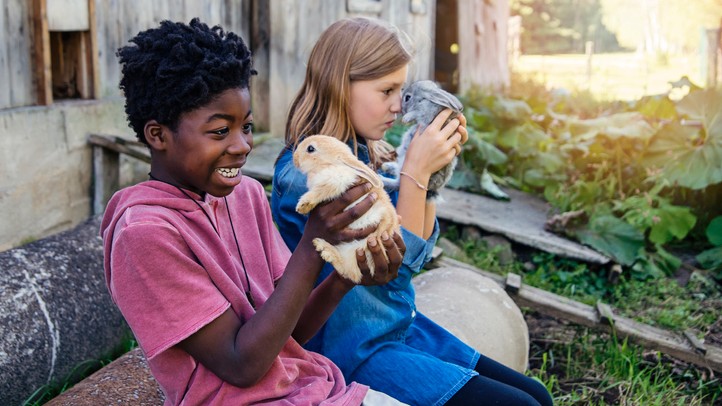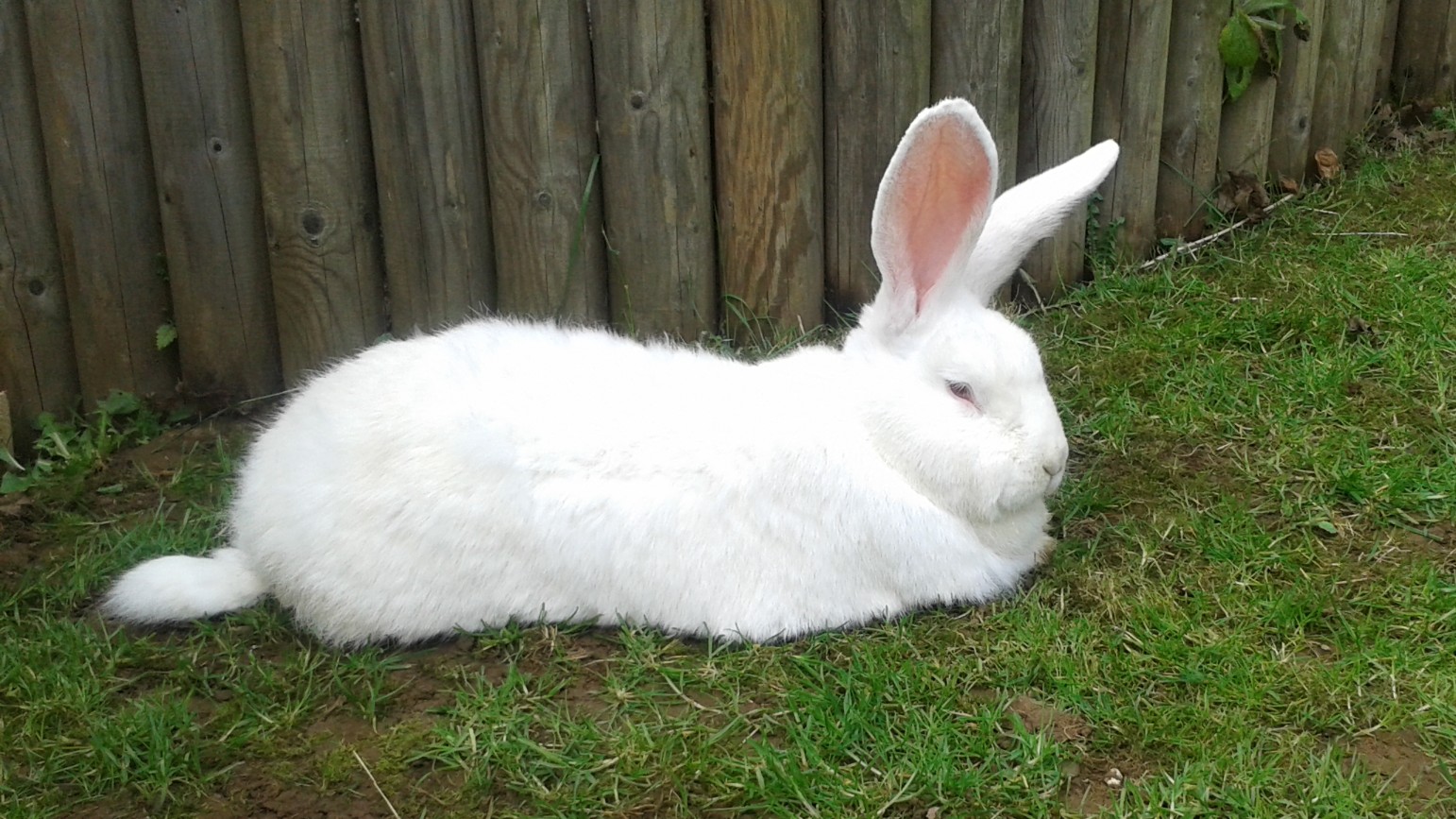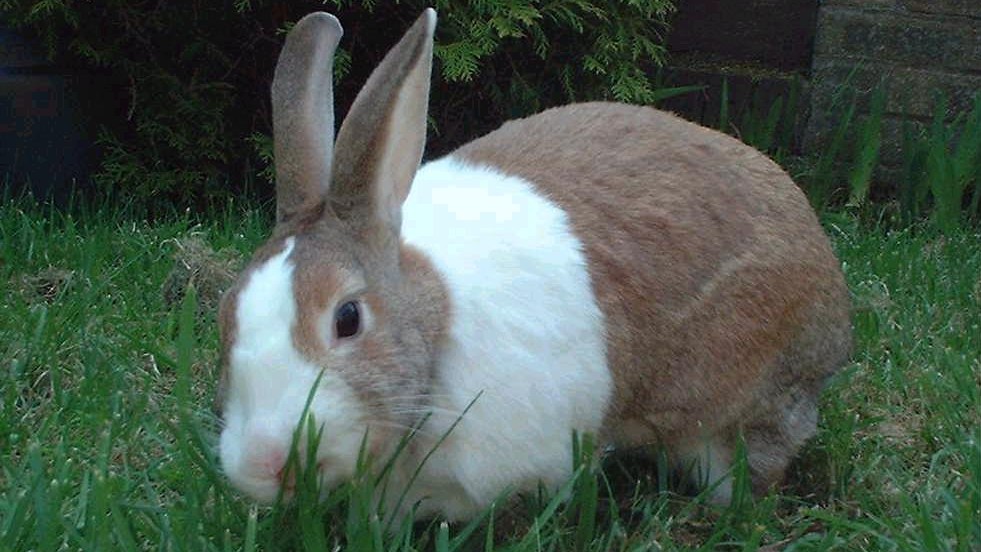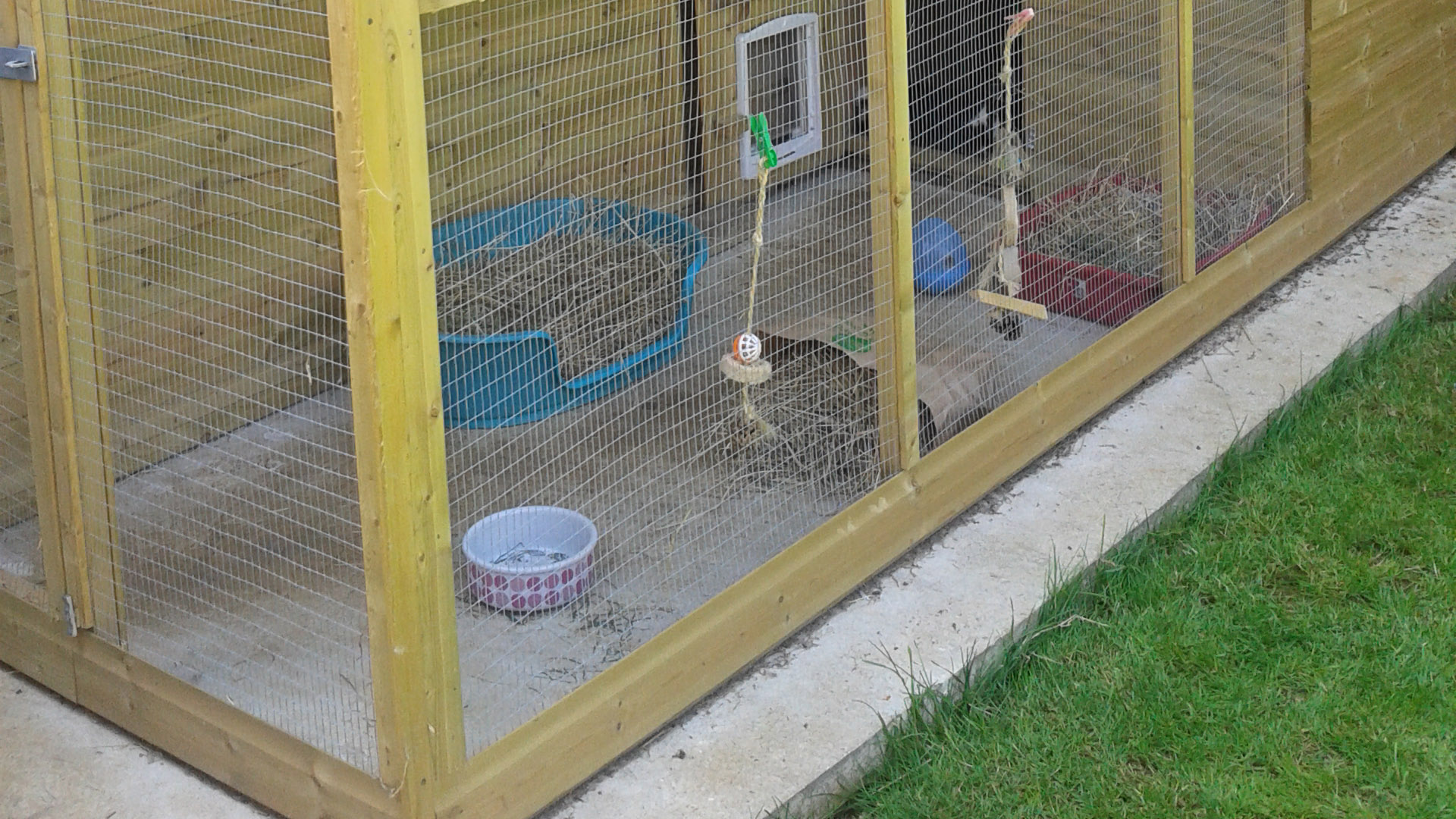How to choose the right pet rabbit
Bringing a pet rabbit into your home is exciting, but careful thought must be given to ensure they're the right pet for you.

Choosing to give a home to a pet rabbit and bring one into your family is not a decision that should be taken lightly.
Rabbits are complex animals and have specific needs with regards to feeding, housing, health care and company. You must ensure you are able to meet all of these for the lifespan of the rabbits, which could be ten or more years.
They will need your time, care and love for their entire life – and rabbits are not cheap to keep. They do not make suitable pets for young children. They do not like being handled and can easily injure themselves and become stressed when placed into situations they find uncomfortable.
But as family pets, with the responsibility of their care placed onto the adults in the house, they can make fantastic additions to the household.
Where to get rabbits from

The first thing to remember is that rabbits should be kept in pairs. They are a social species and live happier lives when kept with another rabbit.
Many people first think of getting their rabbits from a pet shop, breeder or one of the numerous online selling platforms, and while in some situations, this may be an option, undoubtedly the best place to obtain rabbits from is rescue centres.
According to the RWAF, UK rescue centres are thought to be home to 100,000 rabbits in 2023 and they are seeking new, loving homes. Rabbits in rescue centres will already be neutered and vaccinated and the rescue can advise which rabbits will make the best addition to your household, based on their personalities.
Get the best advice, tips and top tech for your beloved Pets
If you are looking for a companion for a rabbit you already have, then many will also perform the bonding process for you. You are helping two rabbits when you adopt from a rescue centre, as you are also freeing up a rescue space for another rabbit.
Are some breeds more suited as pets?

Generally, the breed or crossbreed of rabbits you get is not important. Rabbits come in a range of breeds with different traits. These include small rabbits (under 1kg), giant rabbits (6kg+), long-haired breeds, rex rabbits, whose coat feels like velvet, lop-eared breeds and a whole host of crossbreeds.
Long-haired rabbits are often not suitable as pets due to the time and grooming their coat requires, and potential health and welfare problems if this is not undertaken.
Often large breeds, such as the Flemish Giant, are more laid back than smaller breeds, but the opposite can also be true. Dutch rabbits and Dwarf Lop rabbits are two of the most popular breeds. Both range from 2–3.5kg in bodyweight when fully grown.
Lop-eared rabbits are more prone to dental problems due to their flattened face, and ear disease because their ears lop over in an unnatural position. This means you are more likely to have to pay vet bills if these conditions occur in your rabbits.
The best combination is a male and female, but you will need to ensure both rabbits are neutered as soon as they are old enough (males from ten weeks and females from 16 weeks of age), to prevent unwanted litters.
Rabbits will “breed like rabbits” from an early age, and numbers can quickly get out of hand. If you go to a rescue center the rabbits will be neutered, so you will not have this concern or expense.
What do I need for my rabbits?

Before getting your rabbits, you need to make sure you have suitable housing for them with everything a rabbit will need in their cage. The rabbits should have a resting area within their enclosure where they can retreat to – a children’s playhouse, a shed or aviary make a suitable resting area when attached to a larger exercise area or one of the best rabbit runs.
Rabbits need plenty of space, so their whole enclosure should allow them to move about freely and have access 24 hours a day, seven days a week. The footprint of this area should be at least 3m by 2m and 1m high, and it must be secure so the rabbits cannot escape and predators cannot enter.
There should be areas for sleeping, grazing, playing and digging. Rabbits love tunnels to run through, boxes to sit on and in, items to chew and digging boxes – all of these will help to provide the necessary enrichment.
You also need to make sure you have the supplies (including the best rabbit food and best hay for rabbits) to feed your rabbits correctly. If your rabbits are not vaccinated you need to arrange for this to be done and to make sure you arrange for their booster vaccination each year.
Rabbits need protecting against Myxomatosis and Rabbit Viral Haemorrhagic Disease (strains 1 and 2). Speak to your vet or visit the Rabbit Welfare website for more information.
Pet insurance is a wise idea as vet bills can quickly escalate – remember what we said about rabbits not being cheap pets?
Rabbits make delightful pets
Rabbits really do make wonderful pets and are a joy to share your life with, but must not be taken on without careful consideration and research to determine they are the correct pet for you.
While the actual breed you get is not important, some breeds may be more prone to health problems, so you need to make sure you have considered this too.
Claire Speight writes on behalf of the Rabbit Welfare Association and Fund (RWAF)
Now that you know which bunny is right for you and are ready to adopt, our vet reveals how to house train a rabbit (and it's just 5 steps!)
Claire currently works in Kettering as a Head Nurse in a practice with a high rabbit caseload, as well as frequently lecturing and writing on rabbits to both veterinary professionals and owners.

